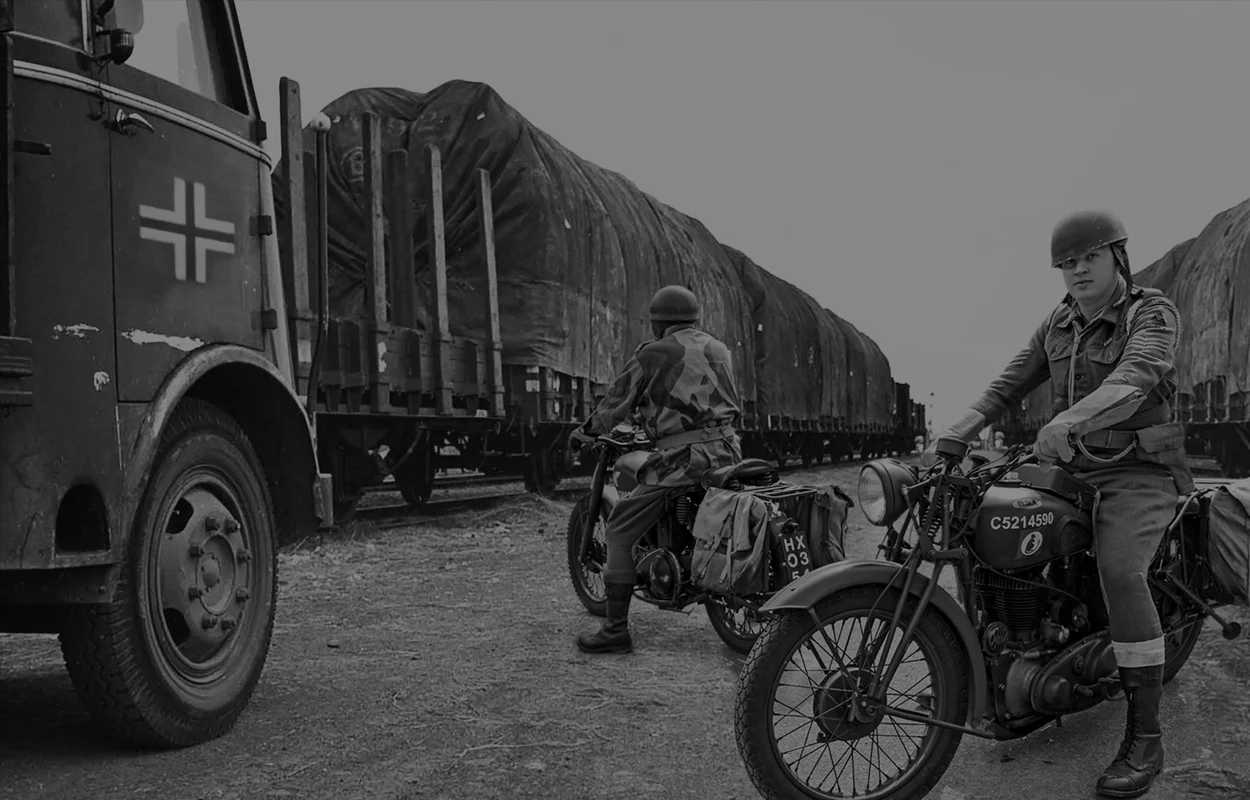Following an application made to the Municipal Office in Walbrzych, a group of researchers have been granted permission to excavate a suspected WWII German bunker, rumoured to contain a hidden trove of Nazi gold and looted art.
Permission was granted by the Pomeranian Provincial Conservator of Monuments, allowing the group, led by amateur historian Jan Delingowski, to investigate a wooded area in the Kashubia region, once home to an SS military training ground.
Rumours of a hidden hoard originate from a former inmate of Barczewo prison, who claims he met with Erich Koch, a Gauleiter of the Nazi Party (NSDAP) during his confinement. Koch stood trial in Poland and was convicted in 1959 of war crimes and sentenced to death. The sentence was later commuted to life in Barczewo prison.
According to the former inmate, Koch confided that a convoy of trucks filled with gold and priceless art was rerouted away from Berlin in 1945 and diverted to near the towns of Czersk and Człuchów.”
Delingowski explains that this theory is supported by a SS telegram reportedly addressed to Gustav Wyst, which refers to a site coded as “BSCH.” Delingowski believes this refers to Bruß Schutzraum, a type of underground bunker complex.
In the application made to Municipal Office in Walbrzych, Delingowski reports that geodetic data has revealed a tunnel with a cross-section of approximately nine metres wide by nine metres in height.
Delingowski claims that within the tunnel “are three WWII-era railway (freight) wagons. Each wagon is approximately twelves metres long, four metres wide, and four metres high. The wagons are concealed behind a closed, sliding steel gate at the tunnel entrance.”
“The wagons contain valuable precious metals, including gold,” added Delingowski.
Excavations are scheduled to begin later this month under supervision from regional heritage authorities and with assistance from trained archaeologists. “Our goal is to uncover the truth of these stories while protecting this historic landscape,” said Anna Kowalska, a spokesperson for the Pomeranian conservator.
Header Image Credit : Jan Saudek – Public Domain
Sources : Złoty Pociąg 2025





